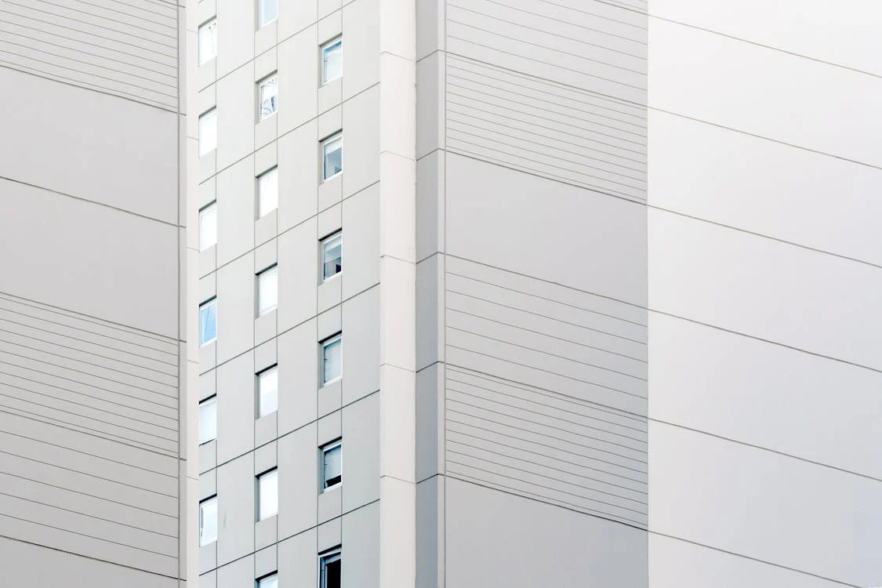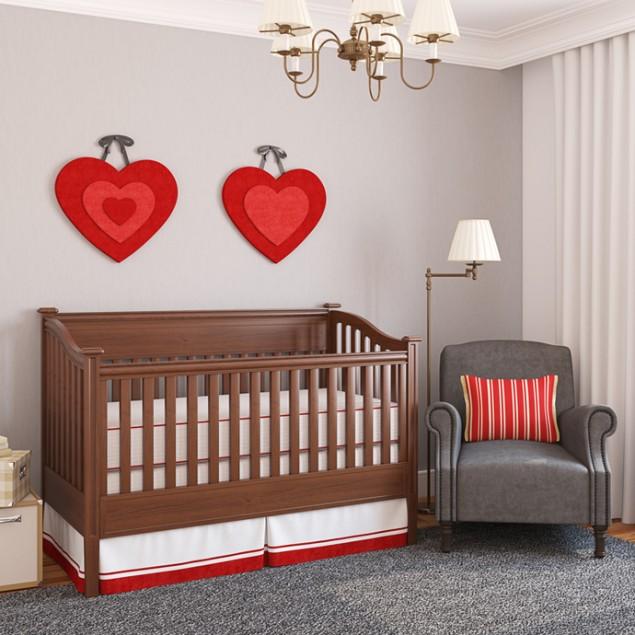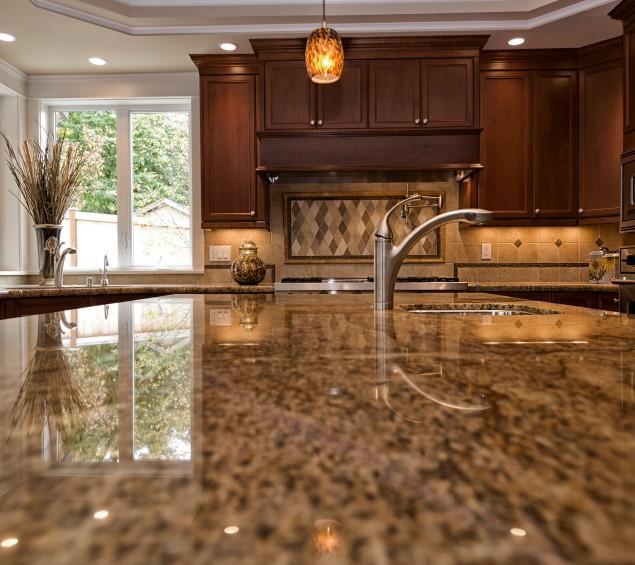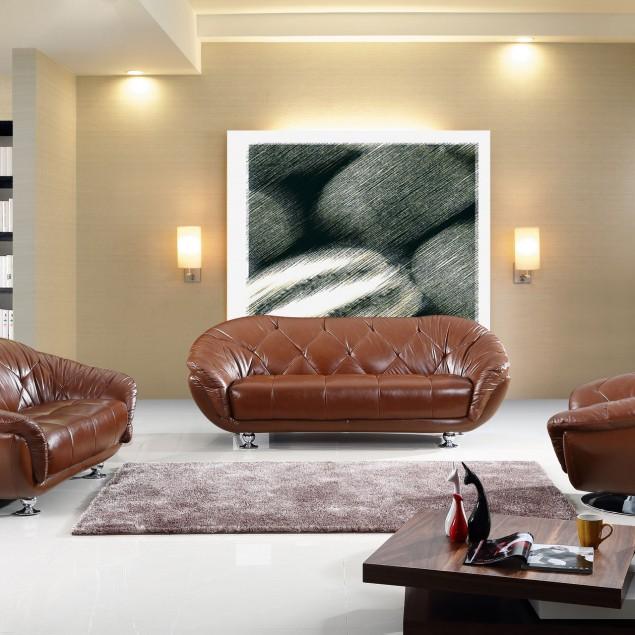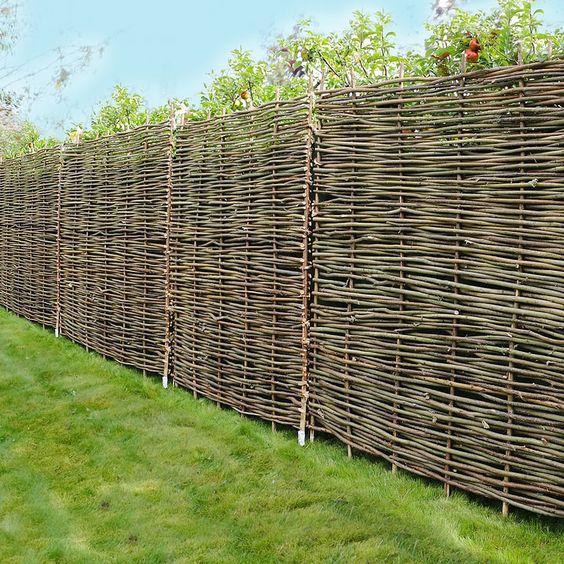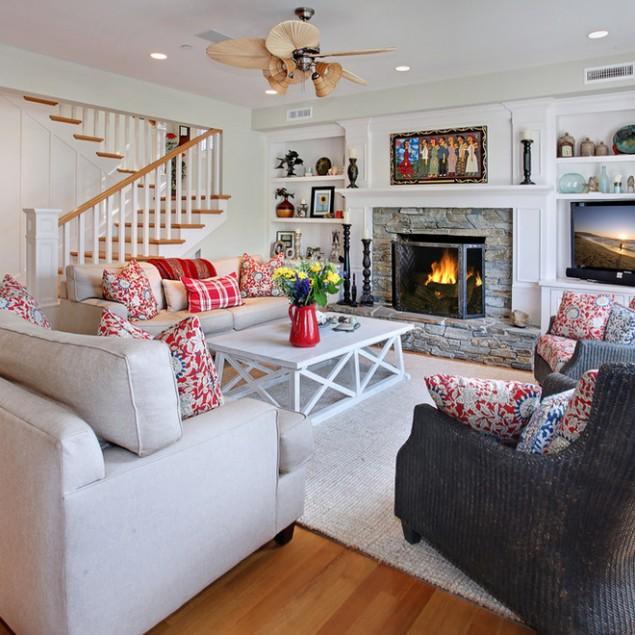Green architecture has become an increasingly popular topic in recent years. More and more people are looking to build environmentally friendly structures, and architects have responded with some amazing designs. But what exactly is green architecture? And what are the benefits of using it? In this blog post, we will answer all of your questions about green architecture!
Green architecture – The future of architecture
As the world becomes more aware of the need to protect our environment, green architecture has become an increasingly popular topic. Green architecture is defined as “the practice of creating structures and using processes that are environmentally responsible and resource-efficient throughout a building’s life-cycle from siting to design, construction, operation, maintenance, renovation, and demolition.” In other words, green architecture focuses on creating buildings that have a minimal impact on the environment. Moreover, professionals from https://www.gdvallee.ca/ say that this type of architecture also takes into account the health and well-being of the people who will be using the building. Furthermore, green architecture is not only about the building itself, but also the surrounding landscape. For example, a green architect might design a building that incorporates green space and natural light to create a healthier environment for the occupants.
It focuses on the usage of sustainable materials
There are many different ways to make a structure more environmentally friendly. For example, green architects may choose to use sustainable materials that have a lower carbon footprint or they may incorporate energy-efficient features into the design of the building. One of the most popular sustainable materials used in green architecture is bamboo. Bamboo is an incredibly strong material that grows quickly, making it a great choice for construction. Additionally, bamboo is also biodegradable, so it won’t contribute to pollution after the building has been demolished.
Reduces the overall carbon footprint
Another benefit of green architecture is that it can help to reduce the overall carbon footprint of a building. For example, by using sustainable materials and incorporating energy-efficient features, green buildings use less energy and produce fewer emissions than traditional structures. In fact, one study found that green buildings can save up to 50% on energy costs and reduce carbon dioxide emissions by up to 50%. This is not only good for the environment, but it can also save money in the long run! Hence, it can be said that green architecture is a win-win for everyone involved.
Creating a healthy environment
In addition to being environmentally friendly, green buildings are also designed to create a healthy environment for the people who use them. For example, green buildings often have better ventilation and air quality than traditional structures. Additionally, they may also incorporate features that promote natural light and reduce noise pollution. Green buildings have been shown to improve the health and well-being of the people who use them, and they can even increase productivity levels.
It aims to reduce the need for artificial lighting and heating/cooling
Another benefit of green architecture is that it can help to reduce the need for artificial lighting and heating/cooling. For example, by incorporating energy-efficient windows and insulation, green buildings can stay cooler in the summer and warmer in the winter without needing to rely on air conditioning or heating. This not only saves energy but can also save money on utility bills. It is important to note that green buildings are not just designed for the present but for the future as well. For example, many green buildings are designed to be adaptable to changing weather patterns and to incorporate renewable energy sources. This means that they will be able to meet the needs of future generations without harming the environment.
Green architecture is not a new concept
Although green architecture has become more popular in recent years, it is not a new concept. In fact, the first “green” building was built in the United States in the early 1970s. Since then, green architecture has continued to evolve and there are now many different ways to create environmentally friendly buildings. However, one thing remains the same: green architecture is about creating structures that have a minimal impact on the environment and improve the health and well-being of the people who use them.
If you’re interested in learning more about green architecture, there are many resources available online and in libraries. Additionally, there are several professional organizations that offer educational programs and certification courses. Green architecture is a rapidly growing field, so there are sure to be many opportunities for those who are interested in pursuing a career in this area. With its many benefits, it’s no wonder that green architecture is becoming more popular each year. So if you’re looking to build a sustainable future, green architecture is a great place to start.
